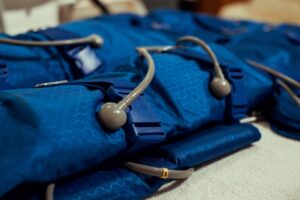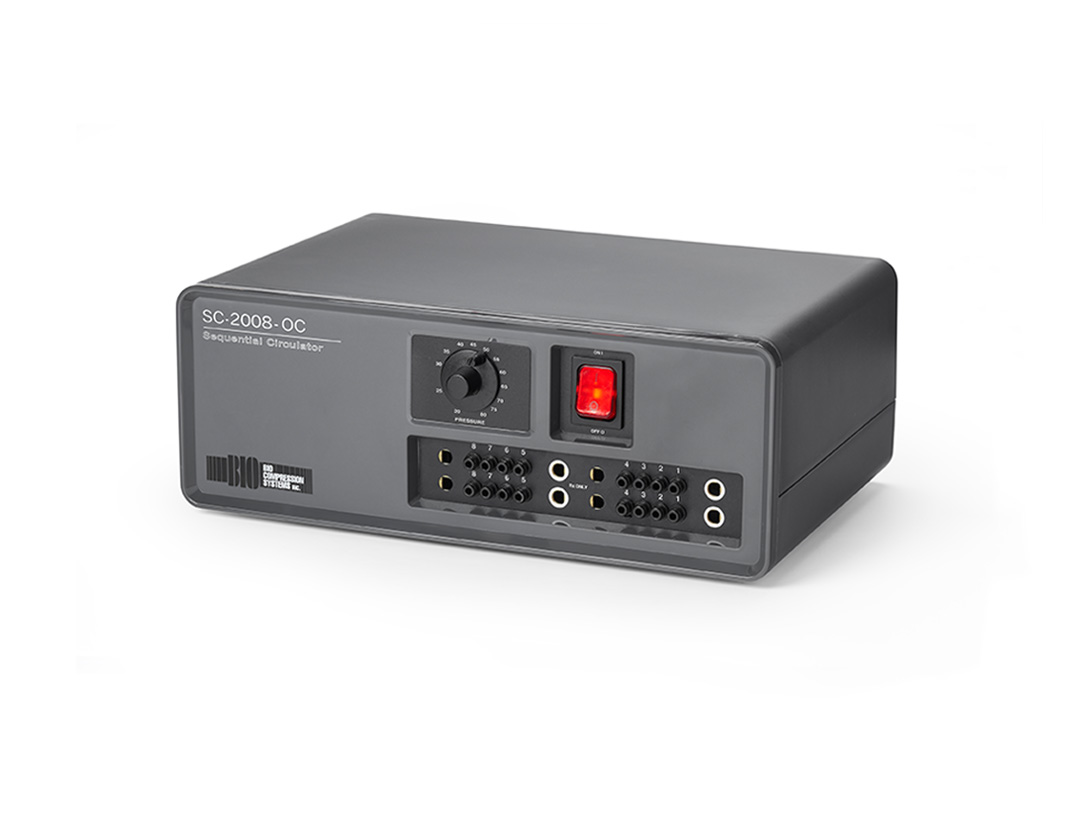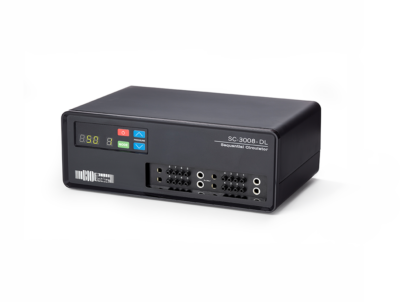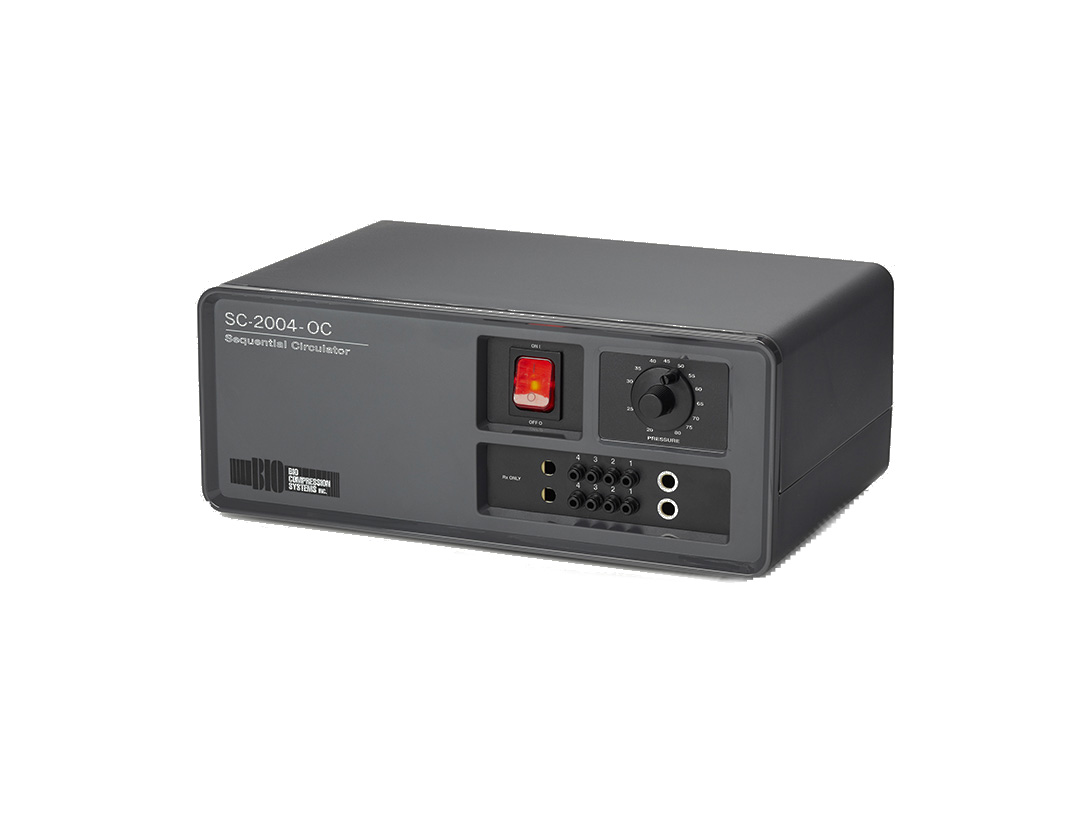Lymphedema Compression Pump Therapy is an effective treatment for for patients with lymphedema
Lymphedema Compression Pump Therapy is a non-invasive treatment that applies intermittent pressure to the affected limb. The pump inflates and deflates a compression garment worn on the limb, moving lymphatic fluid through the lymphatic vessels, reducing swelling and discomfort.
The treatment typically involves wearing the compression garment for a certain period of time each day, and may be used in conjunction with other lymphedema therapies such as manual lymphatic drainage and compression bandaging.
Compression pump treatment can be used to manage lymphedema in both the upper and lower extremities and is considered a safe, effective treatment option for lymphedema.
To make the most of the Compression Pump Therapy, the pressure is applied evenly and forces the fluids to move from the area where they are pooling and the body will expel the fluids promptly.
When engaged, the pump sends out a mild massage through the air pockets where it is needed most. Once the process begins, the stranded fluid will seep back into the body’s trunk area for immediate discharge.
The pump’s pressure works on a sliding scale. As the patient becomes more tolerant to low-grade pressure, the pressure can be increased as the patient responds to the treatments.
A Bio Compression Pump differs from a primary model – like a pump that was just described – they are lightweight and silent when in operation.
Lymphedema Pump Therapy affords the patient the luxury of being treated in their home or office or anywhere they happen to take the therapy.
Lymphedema Compression Pump Therapy
How it works
A pneumatic pump comes with: a sleeve or a vest, a sleeve with a vest attached, a sleeve with shoulder attachment, leg sleeve or full overlapping pans. When therapy is required to remove the blocked fluid many tiny air pockets inflate and collapse in accordance with the therapy regime that helps move unwanted fluid away from an affected area.
The treatments can be in a sitting position or a lying down position, depending on the area of the body that is receiving treatment. For the treatment to be successful, the patient needs a 30 to 60-minute session to help with toxin removal.
The best part of the therapy session is that it doesn’t need to be done at a hospital and your certified, lymphedema therapist will supervise the treatment.
Your therapist will advise you on the settings and pressure required to begin or maintain your therapy. Pressure must be used sparingly as more pressure doesn’t equate to better health outcomes, so make sure you take your therapist’s advice.
Improving circulation is what a compression therapy does best. Oxygen supply to afflicted areas is crucial to relieving pain and swelling. Improved sleep and walking pain-free are two outcomes that you can count on when taking compression therapy.
Lymphedema Compression pumps are all multi chambers. They come in 4, 8 and 16 chambers.
What are the causes of lymphedema?
The lymph node becomes damaged and the ensuing damage will create problems in the arms and legs. The most common problem is swelling and pain associated with the swelling.
Cancer treatments are the biggest cause of lymph node damage and your immune system will suffer accordingly. Blockage in the body’s systems is what causes lymphedema and a lack of drainage of fluid is how the swelling occurs.
Identifying symptoms
- Swelling in the extremities, like the arms, legs or right down to your feet and toes
- Limbs that are sore, tight or feel too heavy to move
- A lack of range in motion
- Discomfort that comes from chronic pain in the affected areas
- Infections that never clear up or return shortly after healing that is accompanied by inflammation
- Fibrosis will occur – that is hardening and thickening of the skin around the affected area
Swelling can be slight and hardly noticeable, to a bloated condition – in the acute case of bloating, your limbs feel almost incapacitated.
If you receive radiation for cancer treatments, it can be the damage that affects the lymph nodes or the lymph vessels. Scarring is the problem and the inflammation the scarring cause relates to the pain and swelling that the afflicted feels.
- Cancer will block lymphatic vessels and cause lymphedema
- Invasion of a parasite or an infection in the lymph nodes will cause restrictions of the lymph fluid in the body
- Genetic problems such as Milroy’s Disease will cause lymphedema and it generally starts when children are very young and the deformities of lymph nodes produce the problems they feel.
- When a person experiences puberty or pregnancy, they can be susceptible to Meige’s Disease. If they suffer from it, can be an ordeal until a person hits 35 years of age.
Treatments designed for Lymphedema
There are several different treatments to solve lymphedema problems. The treatments range from surgery to Compression Pump Therapy, compression garments, changes to diet, water to rinse the system, exercising and using a brush on problem areas of the skin.
By far, the best treatment is a pneumatic compression pump to deal with the pressure and swelling associated with lymphedema.
Lymphedema Compression Pumps
Mastectomy Boutique
From our personal day to day experience we know how challenging it can be for women with healthy breasts to get the right fit, a well-fitting bra is essential, especially for those who have undergone mastectomy or reconstruction after breast cancer.
Post-mastectomy and lumpectomy procedures vary. Some women opt for a prosthesis, which is essentially a breast form (silicone, foam or fiber-fill) that is placed inside of a bra or attached to the chest wall. Other women choose to undergo surgical reconstruction that will involve the insertion of an implant.
All at the end need properly fitted bra to avoid any possible complications, feel and look great. Best fitted bra and proper fitted breast form, helps bring back confidants. John Hopkins Medicine advises that mastectomy boutiques and specialty shops carry a variety of prosthetics and garments. Certified and properly trained fitters, who are skilled at fitting women who have undergone treatment for breast cancer, are big part of women’s future new journey.







